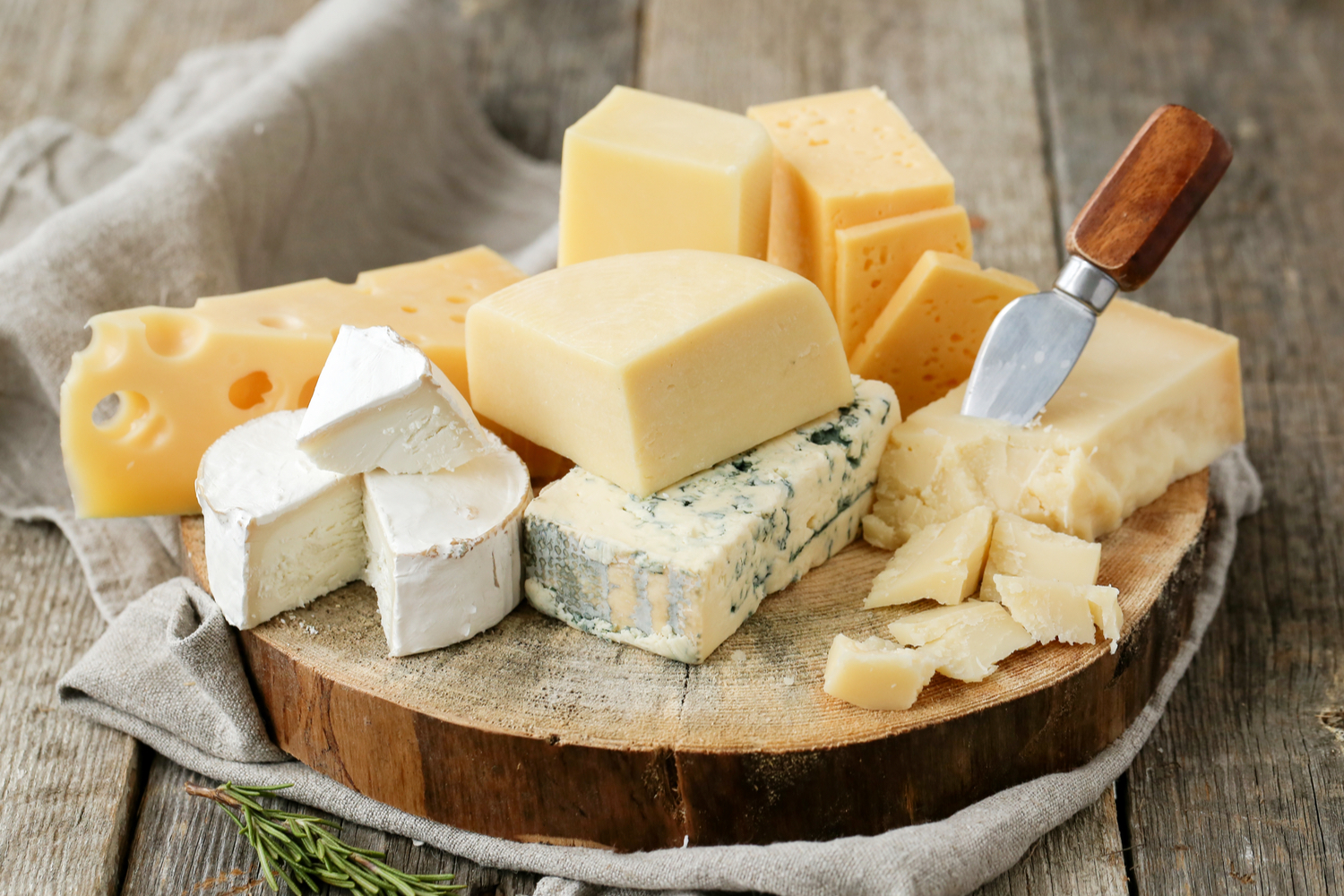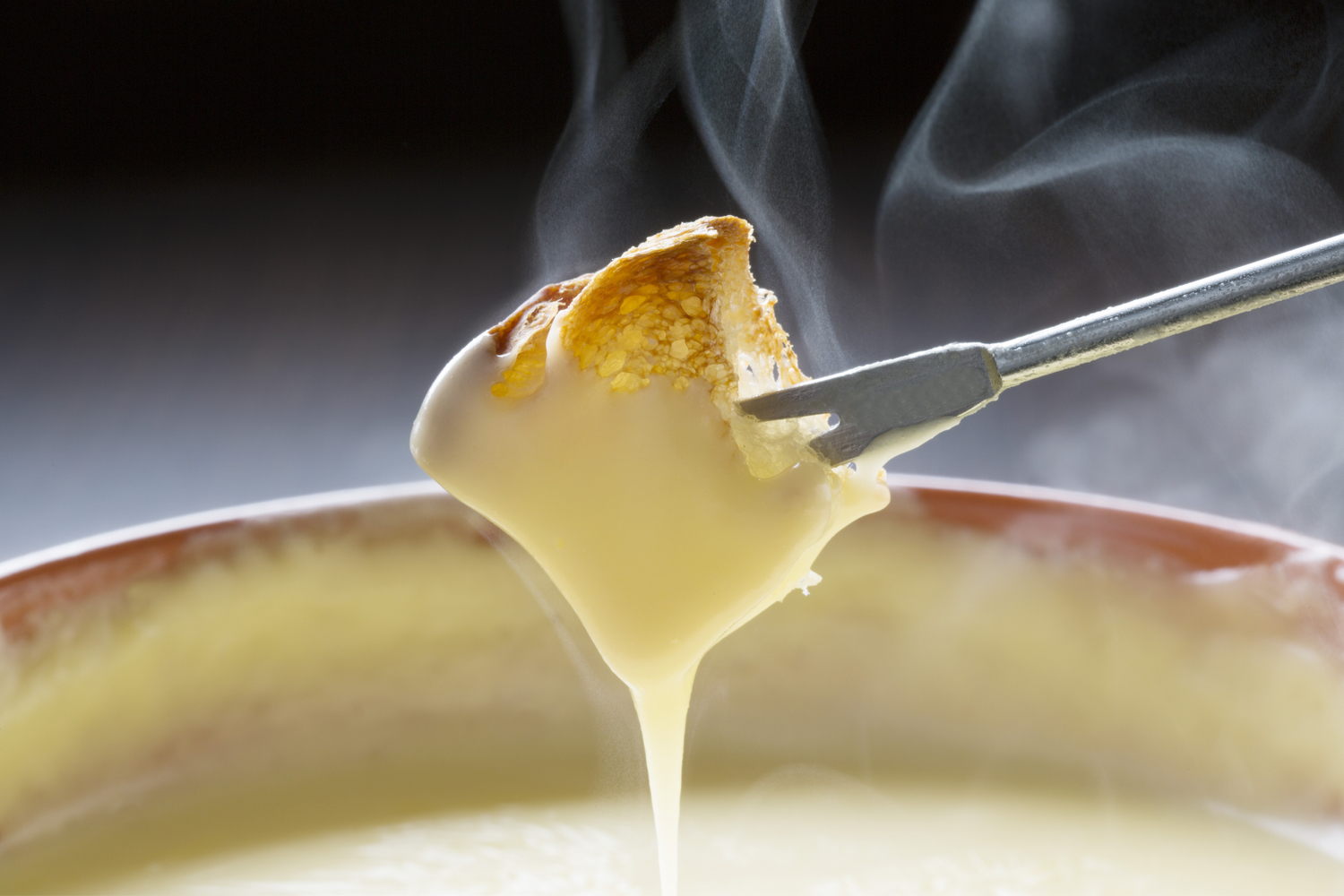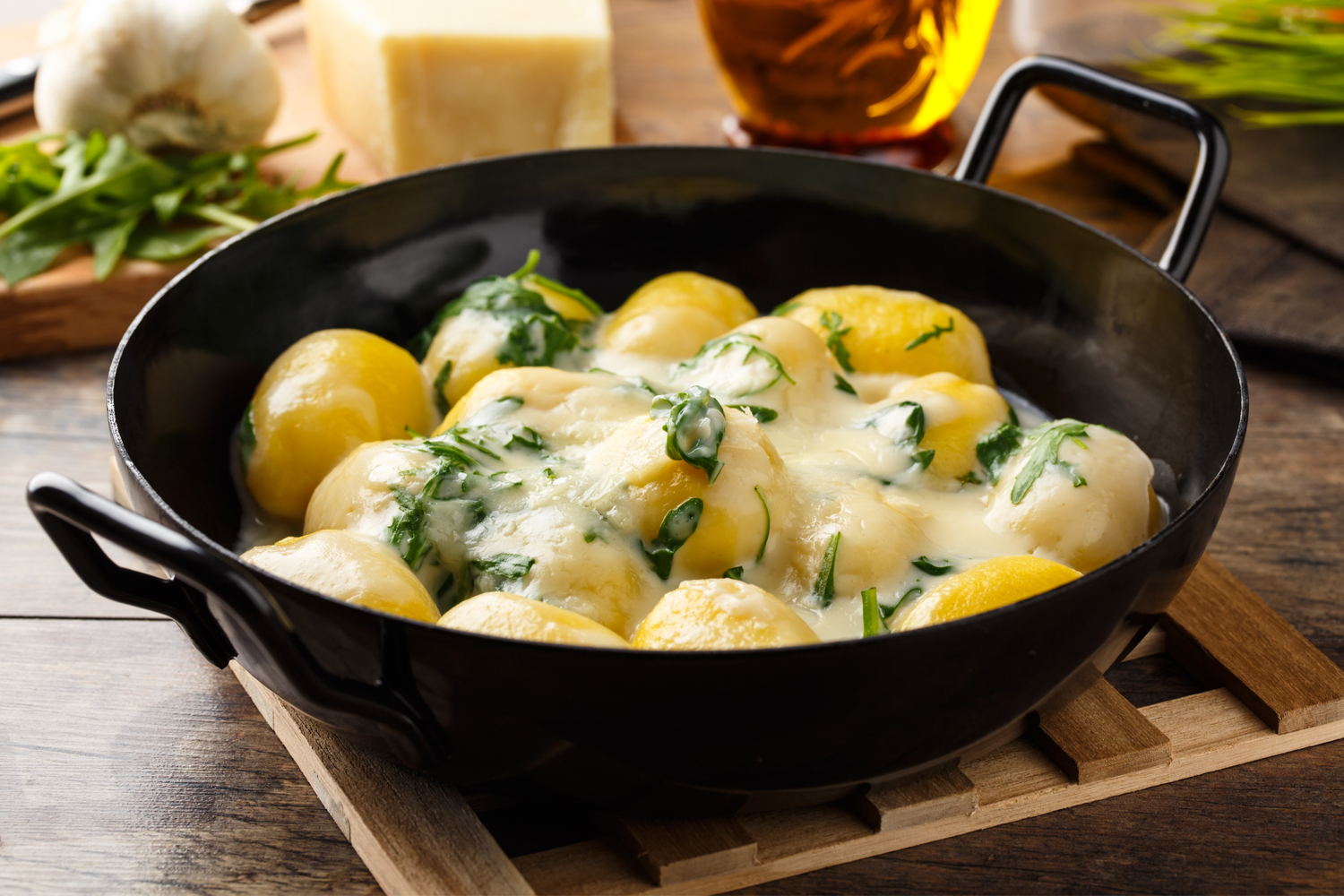This is not just cheese. It is a philosophy of life, a millenary tradition, love for one's territory and the desire to protect pastures at all costs.
Fontina from the Valle d'Aosta mountains is linked to well-established places and practices, but there is a Fontina that is located a little higher than usual.
Estrema d'Alpeggio Fontina PDO is defined as "the highest dairy product of excellence in Europe": it is the result of a study initiated in 2016 byARPAV (Association of Alpine Pasture Owners), supervised byInstitut Agricole Régional of the Aosta Valley and born thanks to the funds of Gal Valle d'Aosta. The territories involved are those between 2000 and 2700 meters, called "tsa", and the disciplinary provides more stringent rules than the classic Fontina DOP.
What is the added value?
We discovered it by visiting the pasture of Ollomont, Conca di By of Aurelio Cretier.

The particularity ofExtreme Fontina DOP is that the cows are fed only with pasture grass. A special feature for several reasons. When making Fontina at these altitudes, you cannot rely on vegetation all year round, it is important to follow the cycle of the seasons. That grass is only there at that precise moment and it is essential that the shepherd also has the ability to divide it over the course of the three months, guiding the animals, which return to the earth all the value of a nourishment exclusively based on grass and water, without any kind of supplement. Become a virtuous circle. All this gives the final product softness, creaminess it's a'herbaceous aroma single. And the beauty is that each mountain pasture has its own characteristics depending on the vegetation or exposure.
How does the mountain pasture take place?
It is not only the altitudes that are extreme: there is also the work of all the people involved, from dairyman to the handyman. Their effort is another value to underline.
The pasture begins in late June and lasts until mid-September. Traditionally there are no precise dates, but account is taken of the celebrations of the saints: in the Aosta Valley it starts in San Bernardo and ends in San Michele. About 100 days wake up at 3 in the morning: grazing, milking, cleaning, milk processing, all twice a day, and then the care of the fontina cheese, to be cleaned every day with a solution of water and salt.

And finally, after the hard summer spent on the mountain pastures, we celebrate. On the day of San Michele, on 29 September, a deeply felt traditional event is held: the désarpa, during which the cows return to the valley together with the farmers, thanked and celebrated by all the people along the streets in celebration.
Daniela Fornaciarini, owner of the mountain pasture, perfectly explained to us what all this means. She, who learned to walk right here, at the age of 15 had already decided that her destiny would be to keep and carry on this legacy. Journalist and radio and television producer, Daniela has had different experiences, but then she went back to where her heart was. Because it is necessary to take the responsibility of living these places to safeguard their biodiversity and to ensure the continuity of ancient traditions, leading them towards the future.

Pastures of the producers currently involved
Petitjacque Donato (owner and tenant) – Alpe Plan Vauon – Bionaz (AO);
Cretier Aurelio (conductor) – Alpe By di Farinet – Ollomont (AO) – pasture owned by Daniela Fornaciarini;
Planaz Dino (conductor) – Alpe Cort – Chamois (AO) – pasture owned by the Municipality of Chamois;
Ducols Eliseo and Denis (owner and tenant) – Alpe Pra d’Arc – Saint Rhémy en Bosses (AO).

 It seems that its history is very old. As reported by Consortium, the first mention of Fontina
It seems that its history is very old. As reported by Consortium, the first mention of Fontina 
 Illustrates the Dr. Bolli "La Fontina it is a semi-fat cheese, of varying maturation, with interesting qualities from a food point of view. It provides an excellent supply of vitamin a, (has about 420 micrograms per 100g), important for vision, bone development, teeth growth and immune response. It also contains a good amount of vitamin b2 (0.45 micrograms per 100), which plays a fundamental role in energy processes ". Among the minerals stands out in particular the football (870 milligrams per 100g), essential for
Illustrates the Dr. Bolli "La Fontina it is a semi-fat cheese, of varying maturation, with interesting qualities from a food point of view. It provides an excellent supply of vitamin a, (has about 420 micrograms per 100g), important for vision, bone development, teeth growth and immune response. It also contains a good amount of vitamin b2 (0.45 micrograms per 100), which plays a fundamental role in energy processes ". Among the minerals stands out in particular the football (870 milligrams per 100g), essential for  It is therefore a cheese that can be consumed like other hard cheeses. Points out Valentina Bolli "The guidelines suggest that the ideal is to add it to the diet once a week, in the amount of 50 g (against 100 g) of fresh cheeses. It must be considered a real second course or a single plate. Perfect for example the pizzoccheri, a balanced mix of proteins, vegetables (verze) and carbohydrates. The use of buckwheat among other things makes this dish also suitable for coeliacs. But also gnocchi alla bava, using 50 g of fontina and 150 g of gnocchi, you get a delicious single dish, rich in
It is therefore a cheese that can be consumed like other hard cheeses. Points out Valentina Bolli "The guidelines suggest that the ideal is to add it to the diet once a week, in the amount of 50 g (against 100 g) of fresh cheeses. It must be considered a real second course or a single plate. Perfect for example the pizzoccheri, a balanced mix of proteins, vegetables (verze) and carbohydrates. The use of buckwheat among other things makes this dish also suitable for coeliacs. But also gnocchi alla bava, using 50 g of fontina and 150 g of gnocchi, you get a delicious single dish, rich in